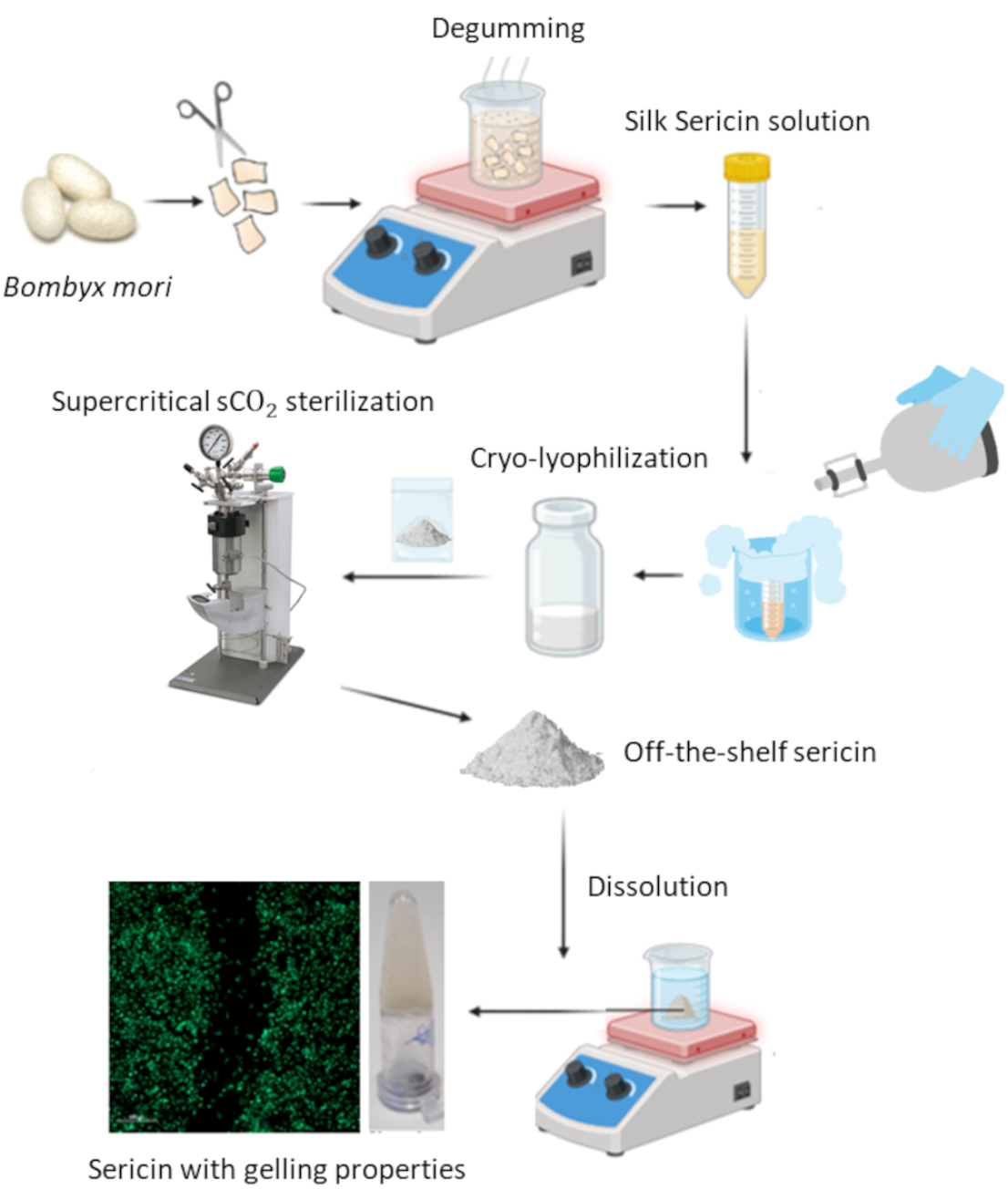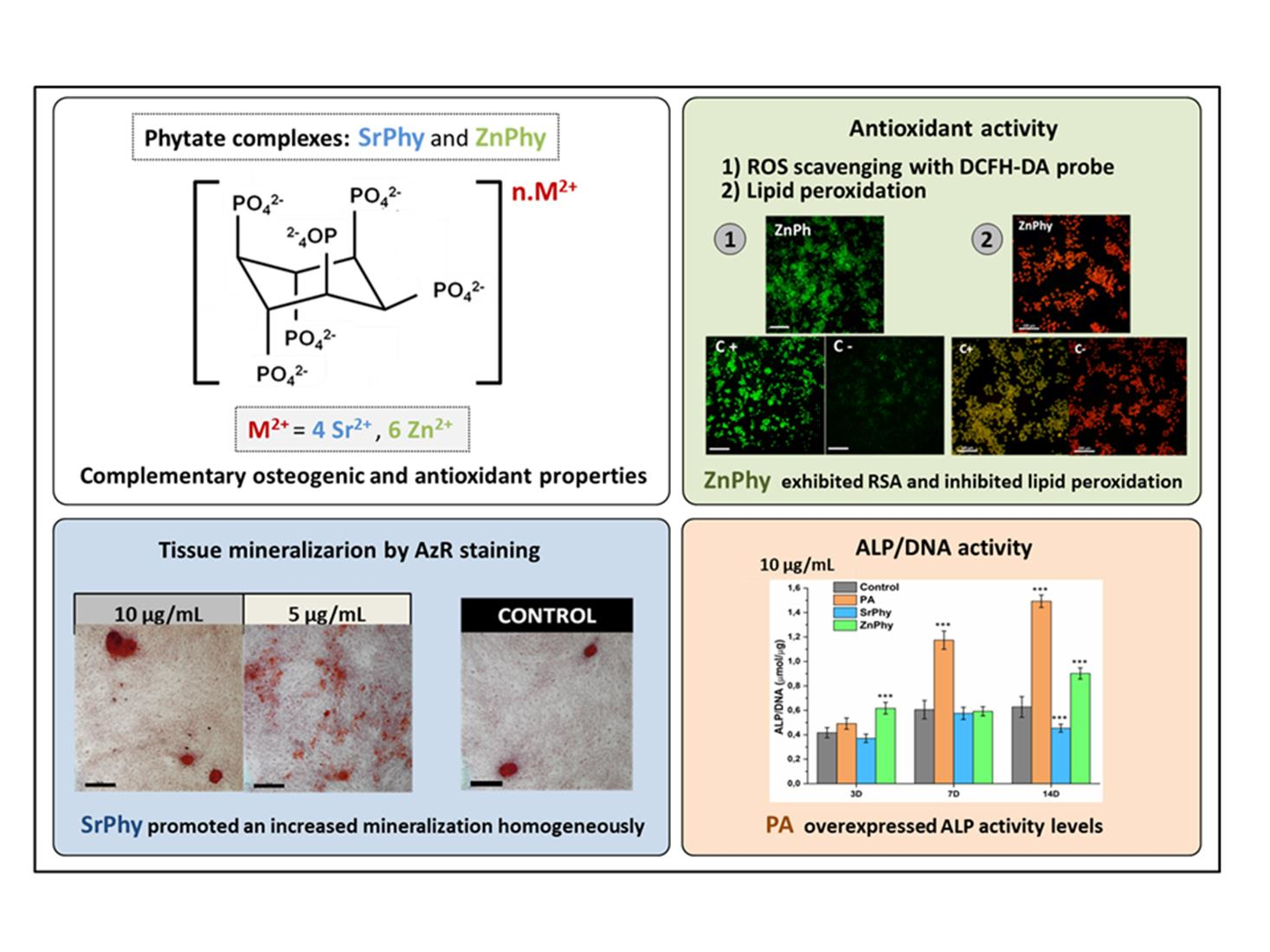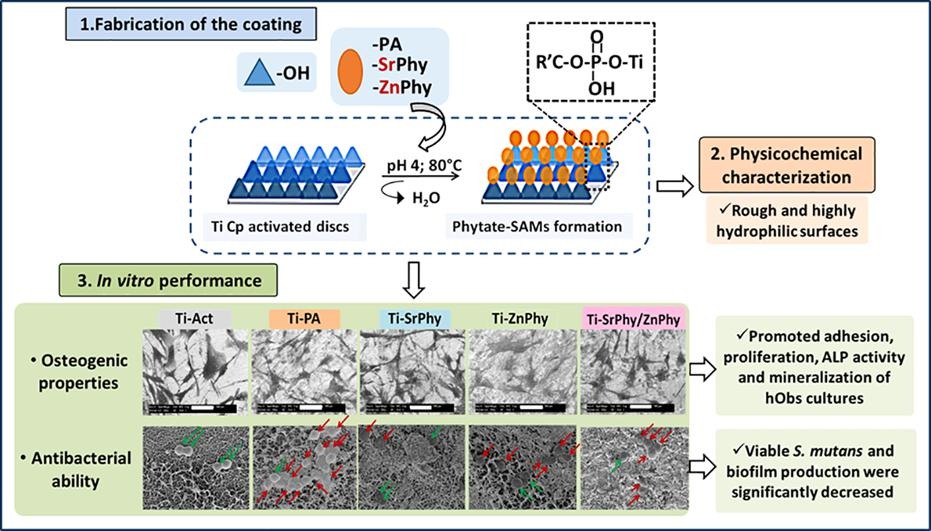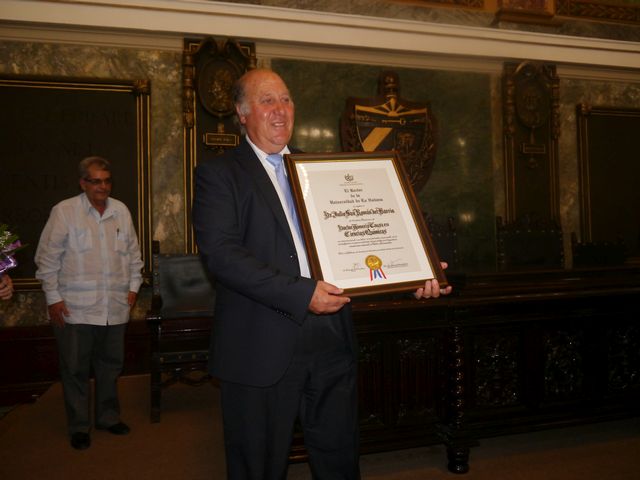Silk sericin (SS), a by-product of the textile industry, has gained significant attention for its biomedical potential due to its biocompatibility and regenerative potential. However, the literature lacks information on SS processing methods and the resulting physicochemical properties. This study represents the first step in protocol optimization and standardization. In the present work, different processing techniques were studied and compared on SS extracted from boiling water: evaporation, rotary evaporation, lyophilization, and dialysis, which presented a recovery yield of approximately 27–32%. The goal was to find the most promising process to concentrate extracted SS solutions, and to ensure that the SS structure was highly preserved. As a result, a new cryo-lyophilization methodology was proposed. The proposed method allows for the preservation of the amorphous structure, which offers significant advantages including complete dissolution in water and PBS, an increase in storage stability, and the possibility of scaling-up, making it highly suitable for industrial and biomedical applications. The second part of the work focused on addressing another challenge in SS processing: efficient and non-destructive sterilization. Supercritical CO2 (scCO2) has been gaining momentum in the last years for sterilizing sensitive biopolymers and biological materials due to its non-toxicity and mild processing conditions. Thus, scCO2 technology was validated as a mild technique for the terminal sterilization of SS. In this way, it was possible to engineer a sequential cryo-lyophilization/scCO2 sterilization process which was able to preserve the original properties of this natural silk protein. Overall, we have valorized SS into a sterile, off-the-shelf, bioactive, and water-soluble material, with the potential to be used in the biomedical, pharmaceutical, or cosmetic industries.
New Insights into the In Vitro Antioxidant Routes and Osteogenic Properties of Sr/Zn Phytate Compounds
Sr/Zn phytate compounds have been shown interest in biomaterial science, specifically in dental implantology, due to their antimicrobial effects against Streptococcus mutans and their capacity to form bioactive coatings. Phytic acid is a natural chelating compound that shows antioxidant and osteogenic properties that can play an important role in bone remodelling processes affected by oxidative stress environments, such as those produced during infections. The application of non-protein cell-signalling molecules that regulate both bone and ROS homeostasis is a promising strategy for the regeneration of bone tissues affected by oxidative stress processes. In this context, phytic acid (PA) emerged as an excellent option since its antioxidant and osteogenic properties can play an important role in bone remodelling processes. In this study, we explored the antioxidant and osteogenic properties of two metallic PA complexes bearing bioactive cations, i.e., Sr2+ (SrPhy) and Zn2+ (ZnPhy), highlighting the effect of the divalent cations anchored to phytate moieties and their capability to modulate the PA properties. The in vitro features of the complexes were analyzed and compared with those of their precursor PA. The ferrozine/FeCl2 method indicated that SrPhy exhibited a more remarkable ferrous ion affinity than ZnPhy, while the antioxidant activity demonstrated by a DPPH assay showed that only ZnPhy reduced the content of free radicals. Likewise, the antioxidant potential was assessed with RAW264.7 cell cultures. An ROS assay indicated again that ZnPhy was the only one to reduce the ROS content (20%), whereas all phytate compounds inhibited lipid peroxidation following the decreasing order of PA > SrPhy > ZnPhy. The in vitro evaluation of the phytate’s osteogenic ability was performed using hMSC cells. The results showed tailored properties related to the cation bound in each complex. ZnPhy overexpressed ALP activity at 3 and 14 days, and SrPhy significantly increased calcium deposition after 21 days. This study demonstrated that Sr/Zn phytates maintained the antioxidant and osteogenic properties of PA and can be used in bone regenerative therapies involving oxidative environments, such as infected implant coatings and periodontal tissues.
Strontium/zinc phytate-based self-assembled monolayers on titanium surfaces enhance osteogenesis and antibacterial performance in vitro
The accumulation of bacteria over implant surfaces is still the first cause of failure, and the development of antimicrobial surfaces constitutes a first line in implant research. Besides, the durability and mechanical performance of implants, in special in the dental area, are mainly determined by their osseointegration capacity into the maxillofacial bone and the appearance of infections. Consequently, implant osseointegration and infection prophylaxis remain as big challenges to attain so a huge investigation is being developed on the production of bioactive surfaces to achieve improvements in these aspects. In this work we propose the functionalization of titanium surfaces (Ti Cp) with self-assembled monolayers (SAMs) of bioactive organophosphate compounds: phytic acid (Ti-PA) and its metallic phytate derivatives bearing Sr2+ and/or Zn2+ (Ti-SrPhy, Ti-ZnPhy and Ti-SrPhy/ZnPhy) which exhibited tunable in vitro osteogenic, antimicrobial and antioxidant properties in a previous work. Thus, phytate compounds are chemically anchored onto Ti discs through a simple procedure consisting of a condensation reaction promoted by heat treatment. EDS and XPS spectroscopies confirm the obtaining of the modified surfaces and the topographic properties and wettability analysed by SEM, AFM, profilometry and contact angle measurements, respectively, are explored. Additionally, phytate-SAMs do not release any cytotoxic compound after 14 days and stimulate in vitro adhesion and proliferation of human osteoblast cells after 14 days of culture. The osteogenic ability of the modified surfaces evaluated by the quantification of ALP activity and matrix mineralization degree shows a significant improvement with respect to unmodified surfaces. Furthermore, the antimicrobial activity of phytate-SAMs against Streptococcus mutans cultures is evaluated. The count of viable cells and the quantification of produced biofilm are significantly reduced by all phytate-SAMs groups (p < 0.001). Cell membrane integrity studies by LIVE/DEAD staining and SEM imaging confirm a decreased viability of adhered bacteria when phytate-based surfaces are tested, due to a disruption in the function and permeability of the cell membrane. Therefore, phytate-SAMs exhibit suitable in vitro features suggesting their promising potential as bioactive coatings of dental implants.
Julio San Román del Barrio received the condition of Doctor Honoris Causa in Chemistry at the University of La Habana
 Julio San Román del Barrio, received the condition of Doctor Honoris Causa in Chemistry at the University of La Habana (UH).
Julio San Román del Barrio, received the condition of Doctor Honoris Causa in Chemistry at the University of La Habana (UH).
Proposed by the Center for Biomaterials (Biomat) on its 25th anniversary, UH gave the title to the academic, for his contributions to the development of this area, especially in the field of polymeric materials with pharmacological applications in surgery or engineering tissue, and scientific and academic contribution in the country.
The ceremony was attended by Miguel Jorge Llivina Lavigne, representative of the Regional Office of Culture for Latin America and the Caribbean of the United Nations Educational, Scientific and Cultural Organization (UNESCO), and Mayda Goite Pierre, rector of the University of Havana.




